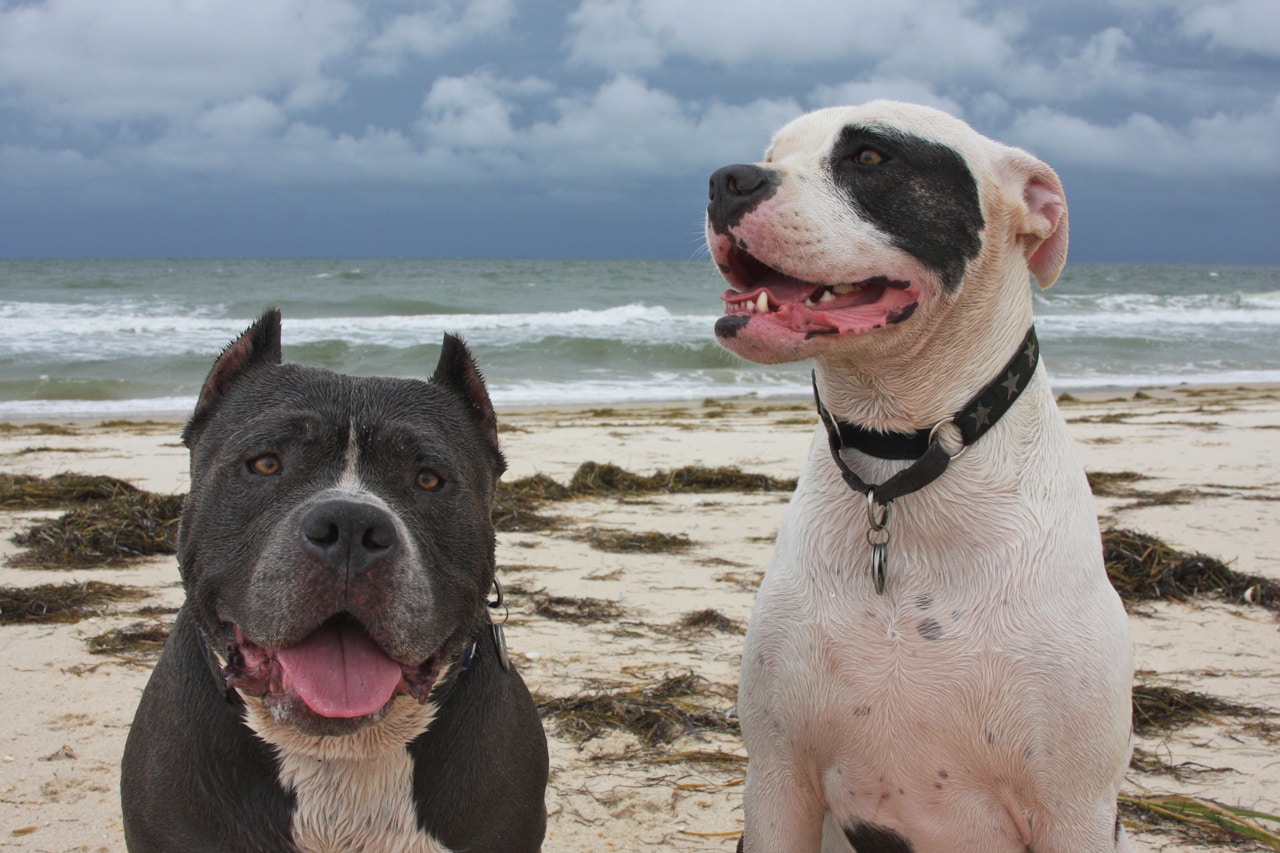
When it comes to dogs though, and other animals, we usually take the military style approach to communication, or the approach of the drunk father who comes home and smacks or yells at the kids because they spilled the milk.
I work with aggressive and fearful dogs and have always used an entirely humane and compassionate approach. I do not follow or abide by dominance hierarchy or what I call “bully training.” People who embrace humane training and behavior modification principles generally have blessed and astounding relationships with their dogs and it shows by how their dogs respond to them.
Sadly, I go into homes where dogs are a wreck, emotionally, and sometimes physically, from the dominance, hierarchical, bully style approach to training dogs that has become so popular from television, i.e., the hang em’, jerk em’, jab em’, alpha roll em’, growl at em,’ stare at em,’ and generally make a dog’s walk miserable approach; force a dog to walk at an uncomfortable pace behind a person, no sniffing allowed, and sometimes preventing a dog from looking at anything of interest with a swift yank on the neck.
Dogs walk faster than most people run, and have four legs with a much lower center of gravity than we do—forcing a dog to walk behind a person is extremely unpleasant and stressful (for both the person and the dog). Dogs then disconnect. They begin acting out, don’t respond to their owners (especially off leash), become more reactive, avoid their owners, or get into a depression.
We would never shock a child into learning math. Why would we shock a dog into learning where to go potty, or to come to us when we call him?

It is amazing what joy and compassion, consistency and structure will bring to dogs. They blossom. When individuals follow correct approaches based on how animals actually learn (association learning, context learning, repetition) and build their dog’s confidence, dogs become attentive, reliable, trust their people, and are happier all around. I love rebuilding people’s relationships with dogs and watching the emotional bond strengthen between them. It’s wonderful to see clients learn how to interact with their dogs to encourage behaviors they never thought before were possible.
Animals respond to compassion, love, positive reinforcement, emotional and physical safety, psychological and physical nourishment, and consistency. It’s much easier, more effective, and results in no behavioral fallout, to teach an animal with compassion and joy, and to direct unwanted behaviors to desired ones, than it is to be reactive and yell, or bully a dog into submission.
Copyright © Alana Stevenson 2012
Alana Stevenson provides phone & skype consultations and can be contacted through her website AlanaStevenson.com.
